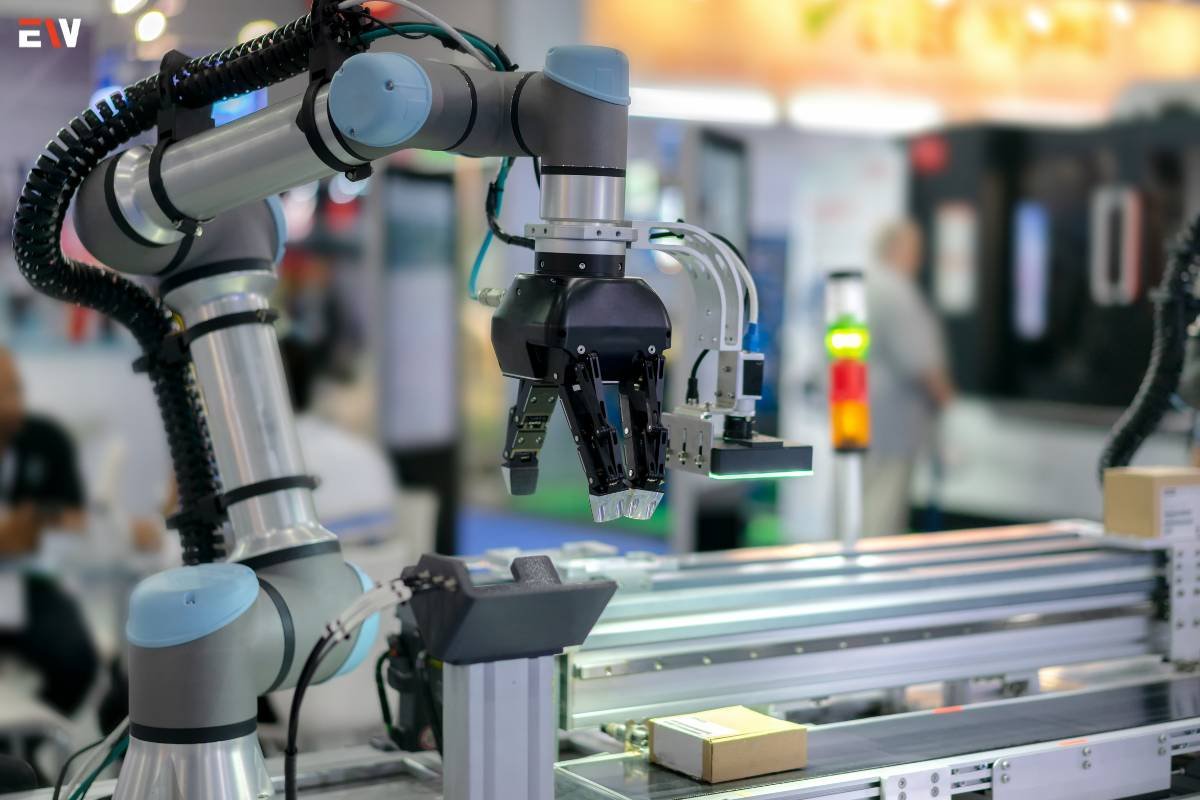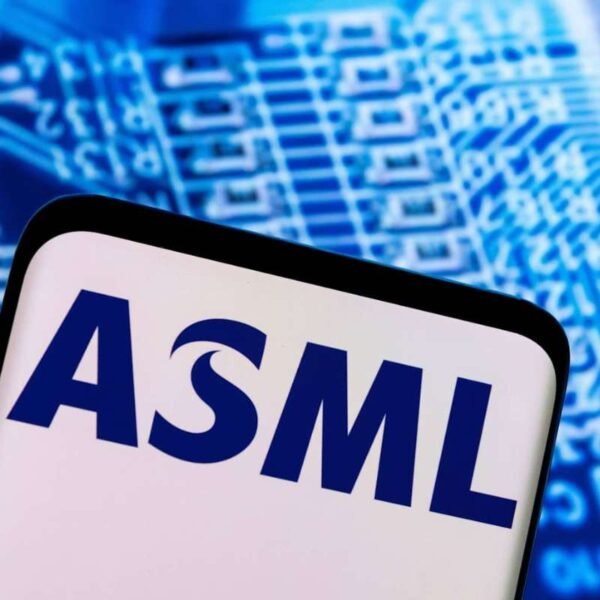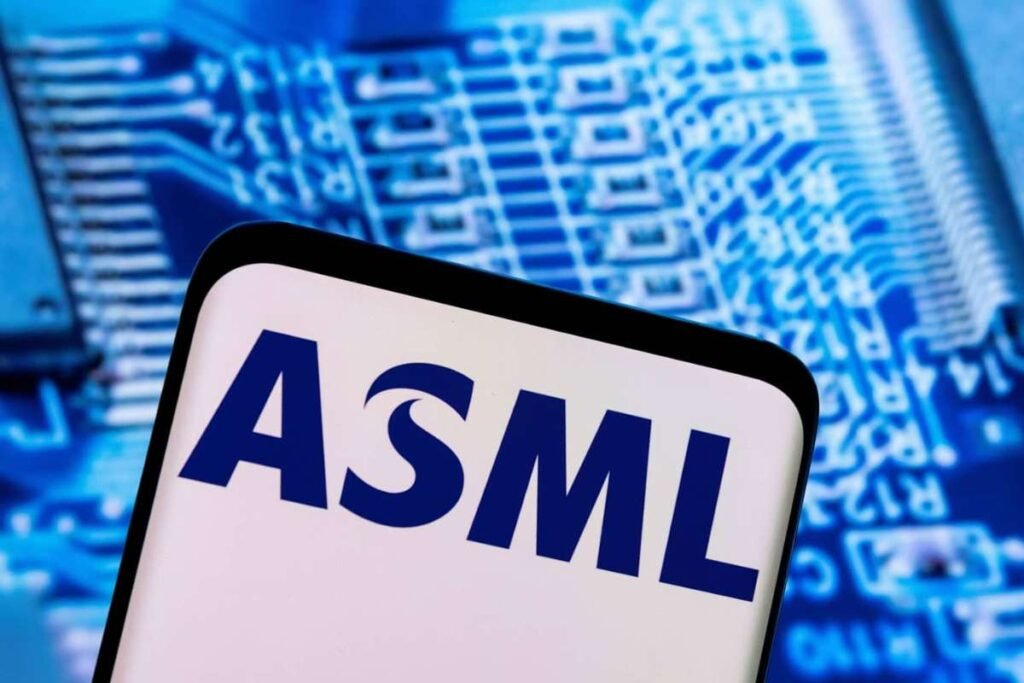In the intricate process of product development, the concept of “Design for Manufacturability” (DFM) takes center stage. DFM represents a strategic approach to design that prioritizes the ease, efficiency, and cost-effectiveness of the manufacturing process. This comprehensive exploration dives into the nuances of Design for Manufacturability, examining its definition, key principles, benefits, and the profound impact it has on streamlining production and enhancing the overall success of a product.
Defining Design for Manufacturability
1. Definition of Design for Manufacturability
Design for Manufacturability is an engineering and design philosophy that focuses on creating product designs that are optimized for efficient and cost-effective manufacturing processes. It involves considering manufacturing constraints, materials and processes early in the design phase to streamline production and enhance the overall manufacturability of the product.
2. Key Principles of Design for Manufacturability:

- Simplicity: Keeping designs simple and minimizing complexity facilitates easier manufacturing processes, reduces the risk of errors, and enhances overall production efficiency.
- Material Selection: Choosing materials that are readily available, cost-effective, and suitable for the intended manufacturing processes is a key consideration in DFM.
- Standardization: Standardizing components and manufacturing processes wherever possible helps in reducing production variation and optimizing resource utilization.
- Modularity: Designing products with modular components allows for easier assembly, maintenance, and potential upgrades during the product lifecycle.
- Ease of Assembly: Considering ease of assembly in the design phase reduces assembly time and lowers production costs.
Benefits of Design for Manufacturability
1. Cost Reduction
DFM contributes to significant cost savings by minimizing material waste, reducing production errors, and streamlining manufacturing processes. Efficient designs lead to lower production costs, contributing to a more competitive product in the market.
2. Faster Time-to-Market
Optimizing designs for manufacturability accelerates the entire product development cycle. With reduced complexities and efficient manufacturing processes, products can reach the market faster, allowing companies to capitalize on opportunities and stay ahead of the competition.
3. Improved Quality and Reliability
By focusing on manufacturability, designers can identify potential issues early in the design phase, leading to improved product quality and reliability. Addressing manufacturing challenges proactively reduces the likelihood of defects and enhances the overall performance of the product.
4. Enhanced Collaboration Across Teams
DFM promotes collaboration between design, engineering, and manufacturing teams. By involving manufacturing expertise early in the design process, cross-functional teams can work collaboratively to optimize designs for efficient production.
5. Reduced Environmental Impact
Efficient designs result in reduced material waste and energy consumption during manufacturing. DFM aligns with sustainable practices, contributing to a more environmentally friendly approach to product development.
6. Customization and Flexibility

DFM allows for greater flexibility in manufacturing, making it easier to customize products to meet specific customer requirements. This adaptability is essential in today’s dynamic market where customer preferences and demands constantly evolve.
7. Minimized Production Risks
Identifying and addressing potential manufacturing challenges early in the design phase minimizes risks associated with production. By understanding the limitations and capabilities of manufacturing processes, designers can make informed decisions that mitigate risks.
Impact of Design for Manufacturability on Various Industries
1. Electronics and Consumer Goods
In industries producing electronics and consumer goods, DFM is crucial for designing products that are not only aesthetically appealing but also easily manufacturable. Efficient designs contribute to the production of smaller, lighter, and more feature-rich devices.
2. Automotive Industry
DFM plays a pivotal role in the automotive sector by optimizing vehicle designs for efficient manufacturing. Standardizing components, ensuring ease of assembly, and minimizing complexities contribute to the production of reliable and cost-effective vehicles.
3. Medical Devices
In the medical device industry, where precision and reliability are paramount, DFM is essential. Designing medical devices with manufacturability in mind ensures the production of high-quality, safe, and compliant products.
4. Aerospace and Defense
The aerospace and defense industries benefit from DFM by optimizing the design of complex components and structures. Designing for manufacturability enhances the efficiency of manufacturing processes in the production of aircraft, spacecraft, and defense systems.
5. Consumer Electronics
The consumer electronics sector relies heavily on DFM to create sleek, innovative, and cost-effective devices. Optimizing designs for efficient manufacturing enables companies to stay competitive in a rapidly evolving market.
Strategies for Successful Implementation
1. Cross-functional collaboration
Encourage collaboration between design, engineering, and manufacturing teams. By fostering open communication and involving manufacturing expertise early in the design process, companies can identify and address manufacturability challenges effectively.
2. Early Design Reviews
Conducting thorough design reviews at an early stage allows teams to identify potential manufacturability issues. Early detection enables adjustments to be made before the design is finalized, reducing the likelihood of costly changes later in the process.
3. Utilize Design Software and Simulation Tools
Leverage advanced design software and simulation tools to model and analyze the manufacturability of product designs. These tools provide valuable insights into potential challenges and opportunities for optimization.
4. Standardization of Components
Standardizing components and processes where possible simplifies manufacturing and reduces costs. Using standardized components also enhances supply chain efficiency.
5. Prototyping and Testing

Prototyping and testing allow teams to validate the manufacturability of a design before mass production begins. Testing prototypes helps identify any unforeseen challenges and ensures that the final product can be efficiently manufactured.
6. Continuous Improvement
Embrace a culture of continuous improvement. Regularly review and analyze manufacturing processes to identify opportunities for further optimization. Iterative improvements based on real-world manufacturing experiences contribute to ongoing efficiency gains.
7. Training and Skill Development
Invest in the training and skill development of design and manufacturing teams. Well-trained teams are better equipped to understand the intricacies of efficient manufacturing and can actively contribute to DFM initiatives.
Conclusion
emerges as a linchpin in the complex interplay between product development and efficient production. By adopting a proactive approach that prioritizes manufacturability in the design phase, organizations can reap substantial benefits, from cost reduction and faster time-to-market to improved product quality and reduced environmental impact. The impact of DFM extends across diverse industries, shaping the way products are conceptualized, designed, and brought to market.










